Great Bay Cruise offers perspectives on the water
This summer has been dry in New Hampshire -- so dry, in fact, that many Seacoast towns have enacted restrictions or bans on certain types of water usage. We're blessed with bays and the ocean nearby, and so it may seem easy to forget about the drought if you live near these waterways. Water samples taken on a recent science-based cruise into N.H.'s Great Bay told the real story, though.
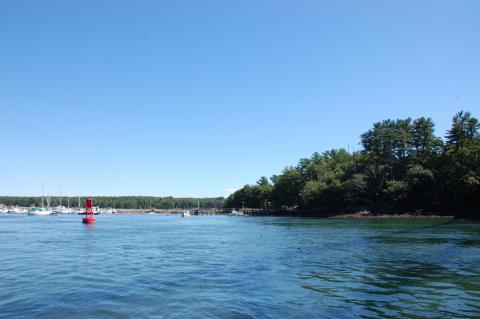
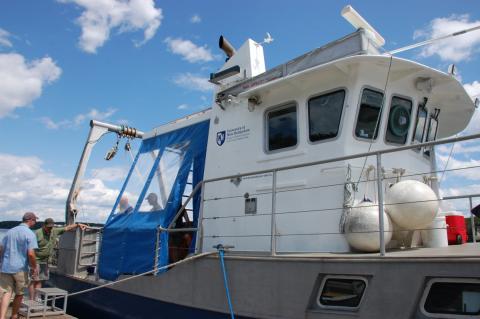
Julia Peterson, water resources specialist with N.H. Sea Grant and UNH Cooperative Extension, led the cruise with the help of five UNH Marine Docents. After departing from the UNH Pier in New Castle, N.H., the R/V Gulf Challenger maneuvered into the mouth of the Piscataqua River to allow cruise attendees to take water samples, including temperature, pH, salinity and dissolved oxygen (18 degrees C, 8 pH, 30 ppt, and 7 ppt, respectively).
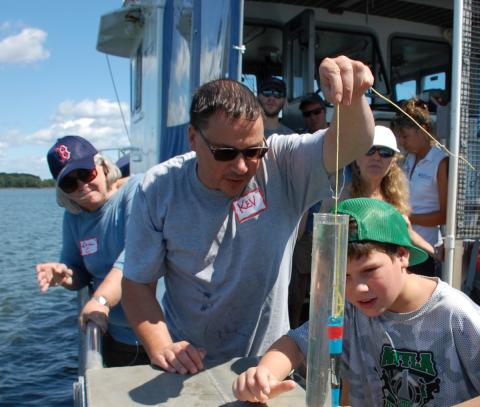
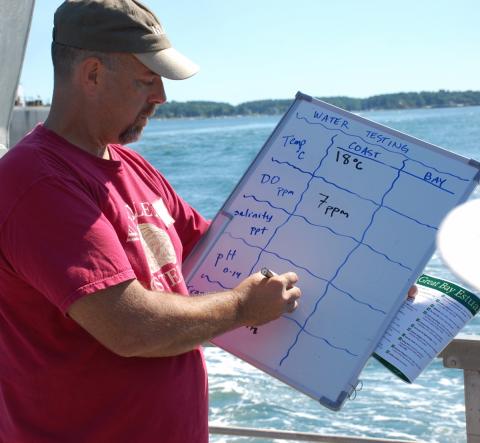
Plankton tows offered a wide variety of critters to see in view finders and under the microscope.
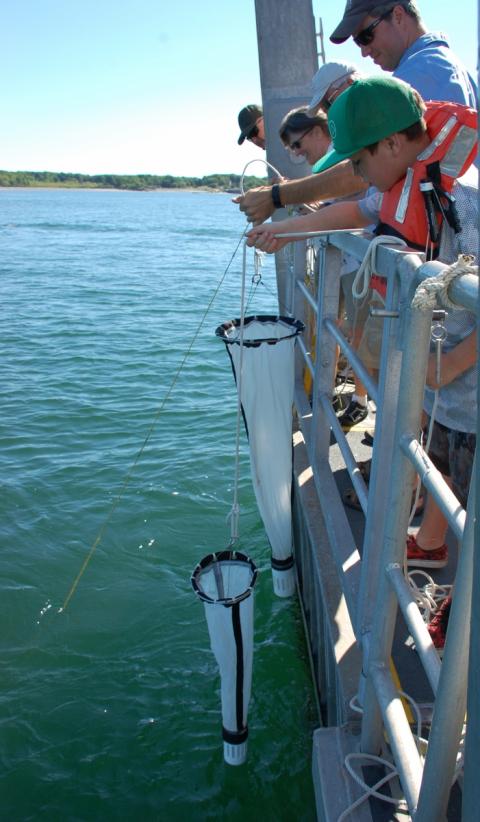
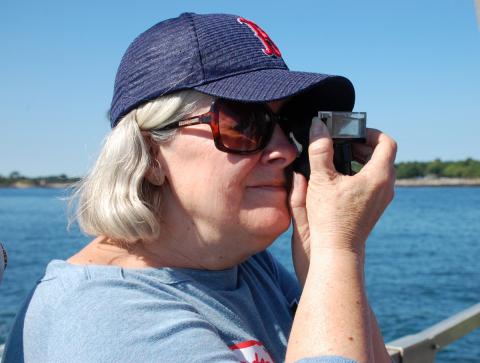
The Gulf Challenger made its way up the river, with fantastic waterside views of Portsmouth and the homes, restaurants, industries and open spaces along the shoreline.
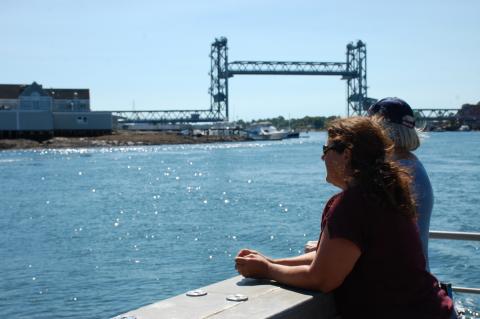
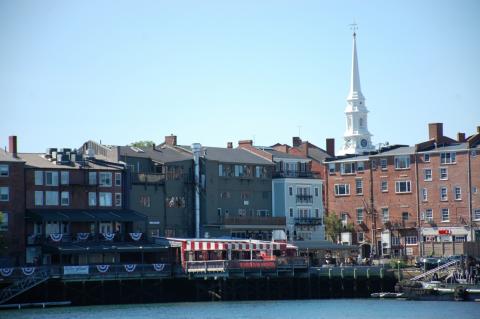
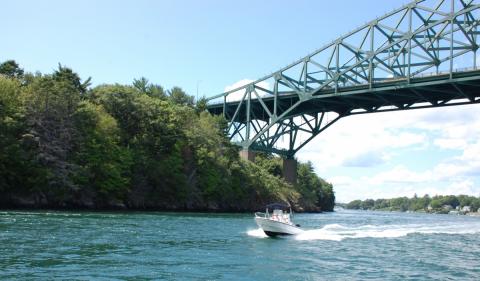
Once the vessel was in Great Bay, more water samples were collected and analyzed. The result seemed strange at first--while the temperature in the bay was much warmer than near the ocean (25 degrees vs. 18 degrees), the pH and salinity were very similar.
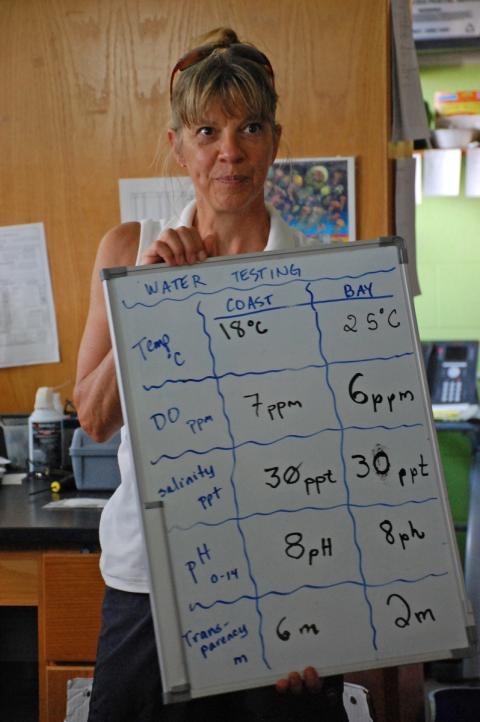
Peterson asked the group: Why might this be so? Great Bay is fed by numerous rivers and tributaries, and so the amount of freshwater flowing into the estuary system makes a big difference in the water quality. Without rain, the rivers are not contributing as much fresh water to Great Bay, so the salty ocean water pushed into the bay by the tides is making its presence known in the water samples.
